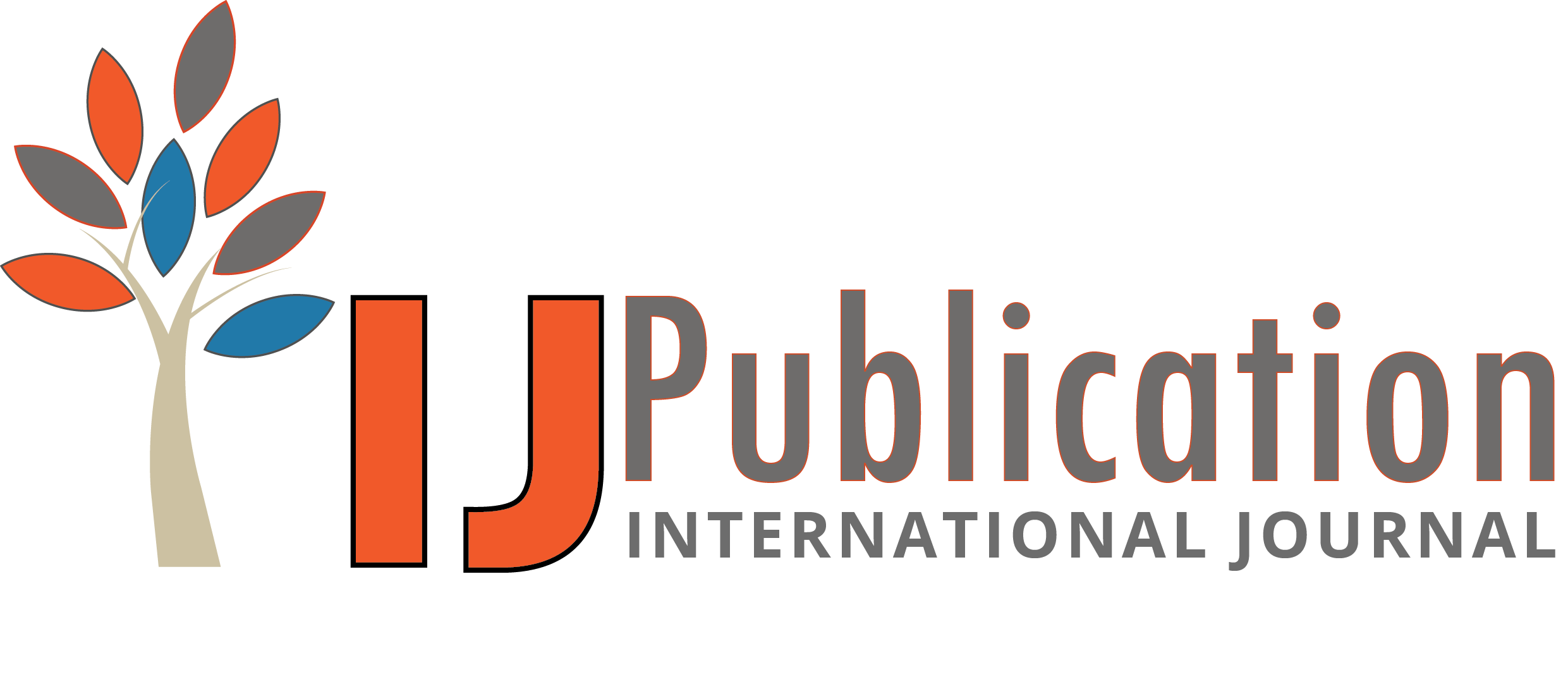Nimeshkumar Patel Reviewer
04 Nov 2025 03:07 PM
 Approved
Approved
Relevance and Originality
The research article explores a critical and emerging subject in the insurance technology landscape—integrating third-party data enrichments into cloud-native risk engines. Its relevance stems from the ongoing digital shift toward microservice-based architectures that enhance underwriting accuracy and operational efficiency. The originality is evident in its emphasis on modularity, data provenance, and real-world applicability through a case study involving aerial imagery. By merging architectural precision with business outcomes, the paper adds substantial value to insurtech innovation cloudnativearchitecture dataintegration underwritingefficiency microservices insurtech modernization.
Methodology
The study follows a structured architectural methodology that combines theoretical design patterns with practical implementation insights. The inclusion of microservice layering, API abstraction, and event-driven pipelines reflects a mature approach to scalable system design. The case study of roof condition assessment using imagery data further grounds the discussion in applied practice. While comprehensive, providing performance benchmarks or implementation metrics could strengthen the analytical depth of the proposed strategies dataprocessing architectureframework scalability testingevaluation designpattern.
Validity & Reliability
The framework presented in this research demonstrates high conceptual validity through its adherence to proven cloud-native principles and modular architecture. Its reliability is reinforced by the detailed handling of data attribution and schema evolution, ensuring transparency and compliance—essential factors in regulated sectors. Although more quantitative testing across multiple data enrichment use cases could enhance robustness, the framework’s structure strongly supports reproducibility and industry adaptability reliability regulatorycompliance dataprovenance consistency implementationaccuracy.
Clarity and Structure
The article maintains strong clarity, articulating complex architectural ideas in an organized, progressive manner. The flow from conceptual introduction to applied case study is coherent, aiding both technical and managerial readers. Visual aids such as system diagrams or flowcharts could further strengthen comprehension and provide quick reference points. The writing effectively balances depth and readability, making it informative without excessive technical jargon clarity flow readability systemdesign communicationstructure.
Result Analysis
The findings convincingly highlight how adopting cloud-native enrichment frameworks enhances underwriting precision, operational agility, and regulatory accountability within evolving insurance ecosystems.








Nimeshkumar Patel Reviewer